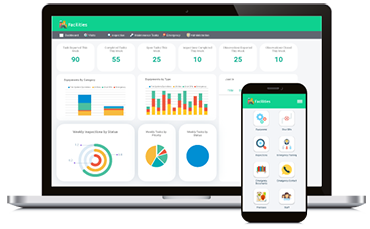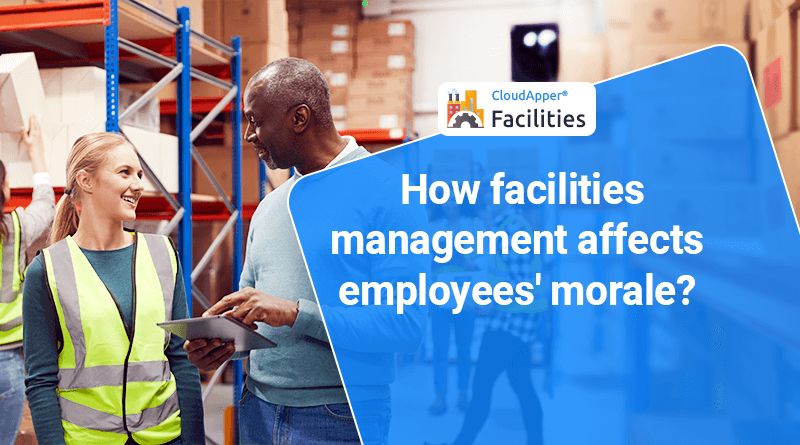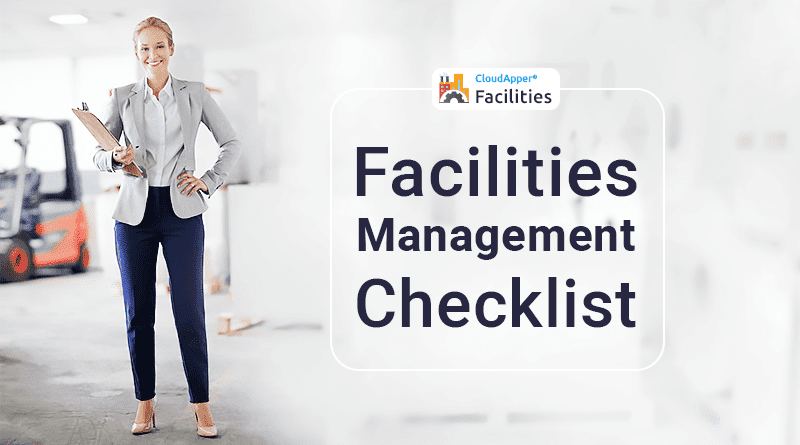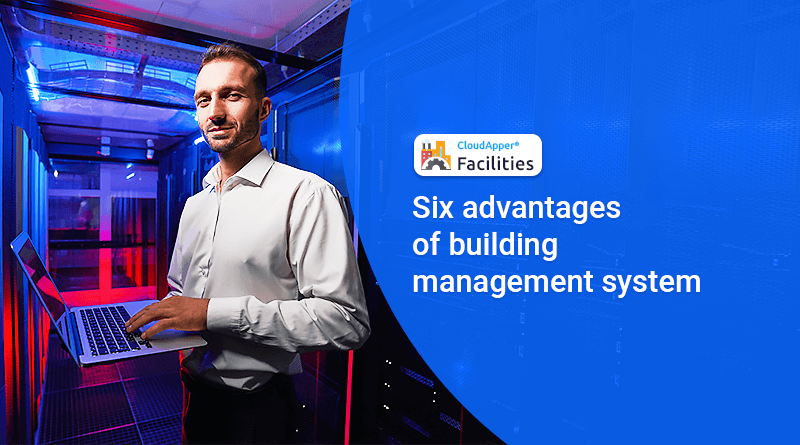A labor and capital-intensive process, chemical production is both regulated and limited by a variety of government laws. These rules are in place, in part, to address the potentially dangerous circumstances that may arise as a consequence of activities being carried out. Equipment that is both high-performing and operationally efficient must be regularly maintained by manufacturers in order to avoid accidents from occurring.
In an attempt to proactively care for equipment and avoid failure, conscientious industrial building managers are increasingly adopting preventive maintenance plans in an effort to improve efficiency. These initiatives may be both expensive and inefficient, making it difficult to justify the expenditures. Changing a filter or belt before it has reached the end of its useful life, for example, incurs additional costs in terms of material costs as well as time spent by the engineer.
Maintaining equipment operations and performance does not necessarily require the expenditure of more funds and the investment of additional time. In addition to providing chemical producers with more insight into their plants, new technologies such as continuous monitoring and analytics solutions are enabling them to take a more strategic and effective approach to equipment and operational management.
The difficulties of running a chemical production facility.
To remain compliant and produce a final, useful product, chemical producers must be attentive throughout the whole production process. This process starts with feedstock (raw material) management and a streamflow process to accomplish chemical or biological transformations and/or material separation. Filtration, recrystallization (precipitation), settling (sedimentation), extracting (leaching), distillation, reverse osmosis, drying, and adsorption are all examples of this process.
Whether a chemical production facility transports fluids (gas or liquid) or solids (slurry), equipment for a particular result is usually grouped into a unit. To accomplish different operations, each unit will have conventional manufacturing equipment as well as customized process equipment. A well-maintained fluid plant will operate at 90% capacity on average, whereas a slurry plant will operate at 80% capacity on average. Paying a 10–20 percent capacity penalty before operations go live adds to the strain of maintaining production uptime.
It’s no simple task to orchestrate a factory that satisfies all of the operational needs. Operator safety, productivity, expenses, and compliance with regulatory and production standards are all factors that plant operators must consider. Increasing visibility inside systems and components may make the work simpler while also meeting operational and regulatory requirements.
Interacting with your equipment
Sensors and chemical analyzers may assist operators in monitoring control variables in utility management, fluid systems, storage tanks, boilers or heat exchangers, and other equipment by providing transparency. Sensors collect raw data on a variety of factors, including temperature, pressure, flow, and more, all of which may assist plant operators in improving process efficiency provided they can interact with and interpret the data, which isn’t always the case. Continuous monitoring tools, such as monitoring-based commissioning (MBCx) platforms, have become widely available for interacting with individual pieces of equipment, but few exist to better coordinate these pieces of equipment and use the data to provide clear directives and actionable feedback for process and system optimization.
Consider these technologies as an alarm system: they can notify you of a problem in a plant when it occurs, but they can’t tell you where the problem is, how serious it is, or whether it will happen in the future. This is why predictive analytics is now being integrated into continuous monitoring systems.
Understanding equipment via predictive analytics and intelligent warnings.
Predictive analytics transforms operations and maintenance from a reactive “fix-it” strategy to a proactive plan based on each piece of equipment’s data and voice. Operators may address problems before they arise or worsen using this approach, saving time, money, and hassle.
Predictive analytics detects incremental trends that may signal a malfunction by monitoring equipment operational data in real-time. In many instances, basic maintenance or corrective action may be taken to avoid a catastrophic failure that would certainly result in process downtime and increased expenses.
Being able to recognize certain operating circumstances, however, isn’t enough. Chemical plant operators must be able to use an intelligent alarm and notification system that alerts the right person to these possible problems. Furthermore, they must notify the particular person of the required remedial action in order to minimize downtime and expedite problem resolution. Real issues that are simple to solve are often missed in the quagmire of loud alarms at a facility.
Hundreds of alerts are typical at a facility on any given day, making it easy for these important signs to be lost in the shuffle. Manually prioritizing and concentrating attention on the most critical alerts is virtually impossible.
Analytics is helpful for facility managers to proactively manage uptime because it removes the filtering and sorting of data from the equation. Instead of wasting hours trying to figure out what occurred or diagnosing an issue, the analytics provide consumers with answers and remedies. The key to developing this proactive strategy is to use analytics to examine the operational data of the equipment and to combine these analytics with intelligent alarms to decide when and what action should be taken.
One advantage of using technological tools such as continuous monitoring and analytics is the avoidance of equipment failure. These technologies may also be utilized to boost utility efficiency and cut down on waste. Adding other data, such as meters for utility usage like electricity, gas, water, air, and steam to the mix may help not only detect excess consumption and peak but also diagnose a piece of equipment.
With the widespread use of electronic controls for equipment, determining whether the problem is caused by a mechanical breakdown, a fault with the controls, sequence of operations or coding, or an electrical issue may be complex and time-consuming. Not only may analytics be used for continuous monitoring, but it can also be used for sophisticated multivariate analytics in real-time.
There are no shortages of buzzers, bells, or warnings at any industrial plant. The issue is determining which warnings are the most essential, not simply the most urgent. Analytics can assist prioritizing based on avoiding failure, minimizing utility waste, and process optimization to reduce the number of nuisance alerts. Creating intelligent alarms may alert you to not just the state of the equipment, process, or system, but also what information an operator would need to address the problem and where else in the facility the problem is happening.
The establishment of success criteria for operational and regulatory success
When intelligent alarms are first installed, the settings of the equipment are typically established, and they are not modified or re-optimized for new applications. These characteristics must be modified in order to meet a variety of different criteria, such as environmental and regulatory regulations.
As goods evolve, a variety of environmental variables may have an effect on both the production and quality of the final product. Examples include the fact that some compounds may not be able to be produced effectively or at all in high-temperature, high-humidity environments. Strict control over operational conditions is required for certain goods in order to guarantee the production of high-quality products.
Regulatory issues are yet another important operational element that may result in downtime. In order to comply with regulatory requirements, information regarding effluent, carbon emissions, or employee-safety concerns like air quality in the plant are usually reported. It is essential to be aware of the specifics that will maintain a facility within certain operating limits in order to create visibility and provide the information required to remain in compliance.
Data management tools that are more effective.
In an industrial facility, having more data stored in a black box from any data source, whether it is a machine programmable logic controller (PLC), supervisory control and data acquisition (SCADA), a clipboard, or an Excel spreadsheet, does not help to maintain uptime unless it is used to evaluate current operating conditions, set specific parameters, and then identify measures that can be taken to improve uptime.
It is undeniable that continuous monitoring and analytics tools may be very beneficial, but it is also critical for chemical producers to understand the many solution options available in order to decide which option is most appropriate for their particular facility. On-premise systems may take a significant amount of time and effort to set up and maintain initially. They may also provide any modification that may be needed or wanted by a client or customer. In addition, since it is a small but developing competitive sector, the continuing requirement to support the deployment, administration, and analytics development may be expensive and it could be challenging to find qualified individuals to manage the workload.
Cloud-based solutions, such as CloudApper Facilities, on the other hand, can provide industrial facility managers with access to high-power analytics for commonly used industrial facility equipment, such as compressed air systems, boilers, and chillers, without the need for any additional administration costs to manage the data collection. Solutions that provide the ability to gather data from many sources provide the greatest amount of flexibility in correlating data from a variety of sources. The greater the amount of data collected, the more vivid the image of the business painted, and the simpler it is to identify areas of concern.
The user interface of these technologies, which gather, analyze, and display data and alarms, may be customized by chemical facility managers, regardless of the solution that has been implemented. Through the visualization and depiction of data, insights become even more apparent to maintenance and engineering personnel, allowing them to better understand operations and opportunity areas in order to optimize uptime and uptime efficiency. The result is that maintenance is performed more quickly when it is needed and less often where it is not – freeing up staff members’ time to do other tasks while also lowering expenses by replacing components before they fail. These visualizations also contribute to the maintenance of regulatory compliance as well as the preservation of product integrity.
Monitoring, analytics, and intelligent alerting systems may provide facility managers the information they need in a timely manner to take action before their process or equipment breaks down. It is critical to understand which parts of these solutions best support the specific requirements of a chemical producer and to examine all aspects of the solution selected in order to guarantee that it is the best option. Is it possible to gather data from a plant or field using a smartphone in real-time? Is it possible to send warnings to ensure that the appropriate individuals are aware of circumstances so that they can take action in a timely manner? Is it possible to build my own analytics using this tool? Is it possible to customize my user interface for each individual user? Do I have access control in place to securely enable access to the data while not putting my process at risk of being compromised?
Having access to industrial facility data allows facility managers to evaluate that data, correlate it with other data sources and make better tactical decisions regarding plant operations. It is not necessary to examine every piece of data in order for it to be helpful. Sometimes facts should simply be given to the appropriate individuals in the appropriate manner at the appropriate time. Data collection, analysis, visualization, and alarms may be used to turn what can be a very difficult job of maintaining the uptime of hundreds, if not thousands, of pieces of equipment every day into a simpler and more effective process by combining the appropriate mix of tools.



















